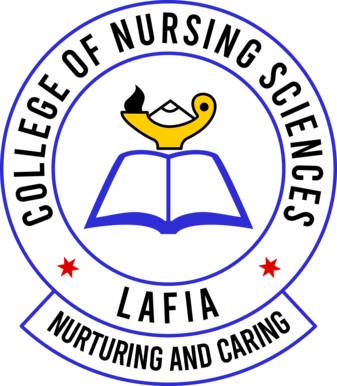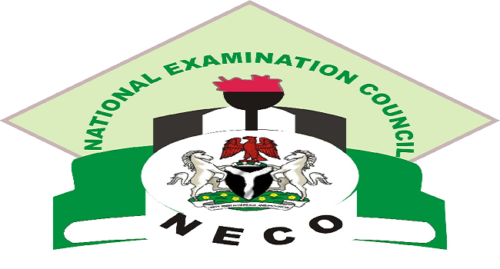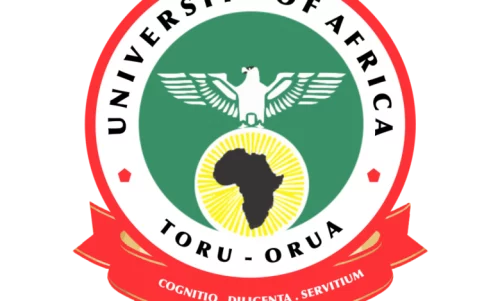Agric Keypoints: Animal nutrition; Animal nutrition is a critical aspect of livestock management that involves providing animals with the necessary nutrients for growth, reproduction, and overall health. Understanding the composition of feed nutrients, types of animal feeds, and proper feeding practices is essential for maximizing production and maintaining animal well-being.
Study other Agric keypoints here for JAMB, WAEC, IJMB
Agric Keypoints: Animal nutrition
a. Feed Nutrients and Functions:
- Carbohydrates: Main source of energy for animals. Includes sugars, starches, and fiber. Functions in fueling metabolic processes.
- Proteins: Essential for growth, tissue repair, enzyme production, and immune function. Composed of amino acids.
- Fats (Lipids): Concentrated energy source. Supports energy reserves, insulation, and absorption of fat-soluble vitamins.
- Vitamins: Micronutrients required in small amounts for various metabolic functions. Includes vitamins A, D, E, and K, as well as B-complex vitamins.
- Minerals: Inorganic elements like calcium, phosphorus, magnesium, and trace minerals (zinc, copper, selenium). Essential for bone health, enzyme activity, and overall metabolism.
- Water: Crucial for digestion, nutrient absorption, temperature regulation, and waste elimination.
b. Feeds and Feeding:
- Simple Ration Formulation: Developing balanced rations involves combining various feed ingredients to meet animals’ nutrient requirements. Common ingredients include grains, forages, protein sources, and minerals.
- Pasture and Forage Crops: Forages like guinea grass, elephant grass, and legumes such as Calopogonium are essential components of livestock diets.
- Hay and Silage Preparation: Hay is dried forage, while silage is fermented and stored forage. These preserved feeds are important for providing nutrition during non-growing seasons.
- Types of Rations:
- Maintenance Ration: Provides nutrients for the maintenance of body functions.
- Production Ration: Designed to meet the needs of specific livestock production stages, such as growth, lactation, and reproduction.
c. Nutrient Deficiencies:
- Causes of Malnutrition: Inadequate supply of essential nutrients due to poor diet, poor quality feed, or improper feeding practices.
- Symptoms of Malnutrition: Include slow growth, weight loss, poor coat condition, decreased milk production, and reproductive issues.
In Summary:
Animal nutrition encompasses providing feed nutrients essential for growth, health, and production. It involves understanding the functions of nutrients, formulating balanced rations, utilizing pasture and forages, and addressing nutrient deficiencies through proper feeding practices.
FAQs:
Q1: What are the primary functions of carbohydrates in animal nutrition?
A: Carbohydrates provide energy for metabolic processes.
Q2: How do vitamins contribute to animal health?
A: Vitamins support various metabolic functions, growth, and immunity.
Q3: What is the role of minerals in animal nutrition?
A: Minerals are crucial for bone health, enzyme activity, and overall metabolism.
Q4: How are hay and silage different in livestock feeding?
A: Hay is dried forage, while silage is fermented and stored forage.
Q5: What is the purpose of maintenance and production rations?
A: Maintenance rations provide nutrients for body functions, while production rations support specific production stages.
Q6: What are common symptoms of nutrient deficiencies in farm animals?
A: Slow growth, weight loss, poor coat condition, decreased production, and reproductive issues.












